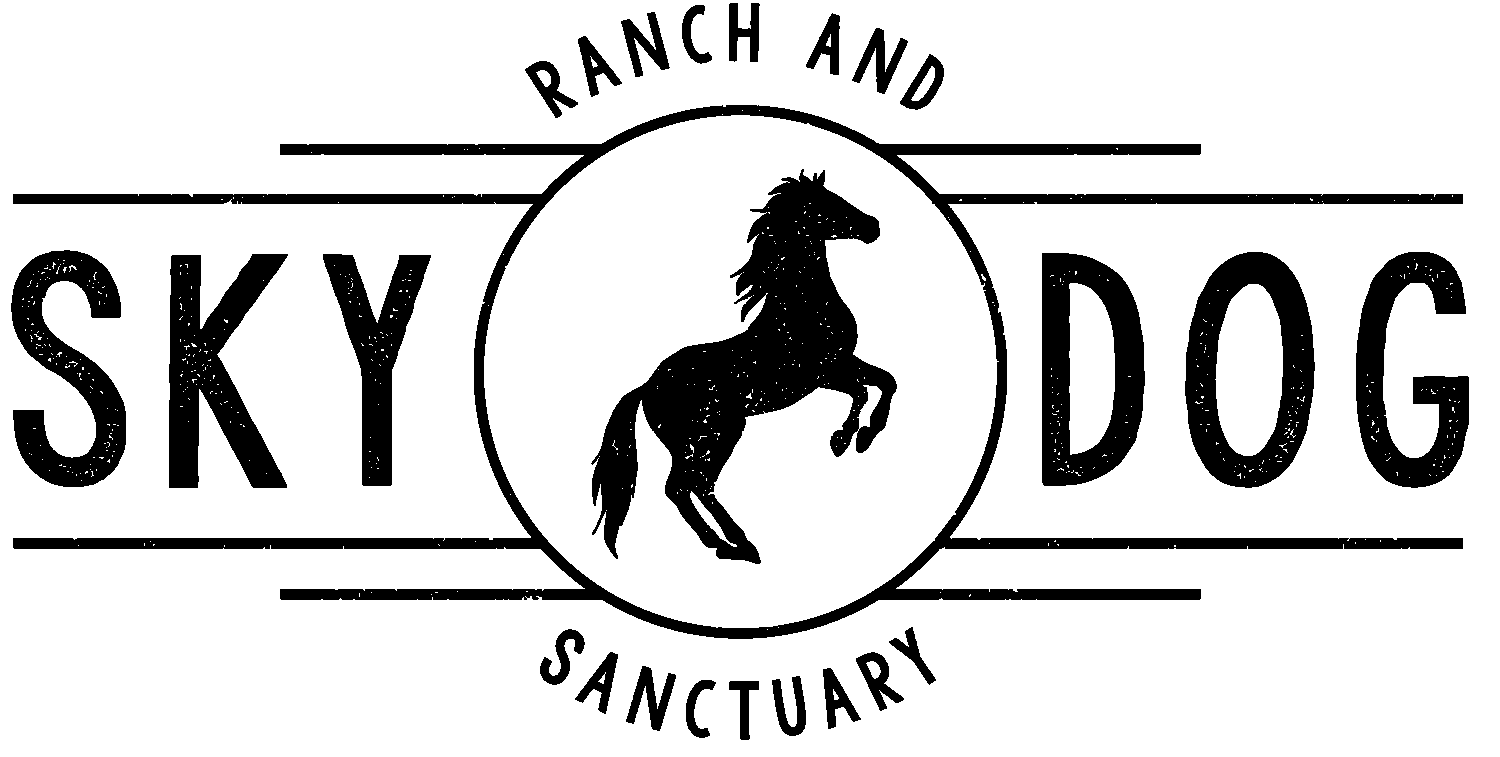Call to Action
Submit public comments to oppose the BLM’s extinction plan for wild horses in the Wyoming Checkerboard
Deadline: April 30, 2025
Through April 30, 2025, the Bureau of Land Management (BLM) is accepting public input on the Rock Springs Wild Horse Plan to zero out wild horse herds and eliminate 2 million acres of protected habitat in Wyoming. This is an extinction level threat and public comments are needed from as many people as possible.
Background
Half of Wyoming’s wild horses reside in the southern part of the state in an area known as the Checkerboard. This vast region is a mix of privately-owned property and public lands, giving it the appearance of a checkerboard on a map.
Among the public lands are the wild horse Herd Management Areas (HMA) of Adobe Town, Salt Wells Creek, and Great Divide Basin. Much of this land is located within the ecologically rich, diverse, and thriving Red Desert, where Blue Zeus and his family were rounded up.
The Rock Springs Grazing Association (RSGA) controls most of the private lands. Their members also hold permits to graze their sheep and cattle on public lands heavily subsidized by taxpayers. It’s never enough for them. They want all available forage for commercial livestock and view any wild herbivores as competition for natural resources. For more than ten years, they have fought a legal battle to eliminate mustangs from the Checkerboard, including the HMAs designated for them by law. The BLM prioritizes the livestock industry’s interests over its mandate to humanely manage and protect these animals.
In 2021 and 2022, a massive roundup captured 3,500 mustangs in the Red Desert, even though the bureau determined the wild horse habitats met the “thriving natural ecological balance” standard set out in the Wild Free-Roaming Horses and Burros Act.
In 2023, a Record of Decision was published approving an extreme land use plan to:
Remove protections from more than 2 million acres of habitat;
Reduce the status of the Salt Wells Creek and Great Divide Basin Herd Management Areas to Herd Areas with an authorized population of zero wild horses;
Slash the size of the Adobe Town HMA by half and reduce the wild horse population to well below 1,338 - the number the BLM had previously determined to be at a “thriving natural ecological balance” with other uses of the land. (Western Watersheds Project)
Most of America’s few remaining wild curlies live in Salt Wells Creek. This is where Goliath, Red Lady, and Ember were rounded up. Their other-worldly beauty is their genetic inheritance from this unique herd. They should be managed and protected as the national treasure that they are.
In August 2024, a group of wild horse advocates, conservationists, and academics filed a notice of appeal with the Tenth Circuit Court of Appeals in response to a lower court decision in favor of the BLM’s plan. They are challenging the bureau’s decision, which ignored scientific data, violated the Wild Free-Roaming Horses and Burros Act, the National Environmental Policy Act, and the Administrative Procedure Act.
In March 2025, attorney William S. Eubanks (Eubanks and Associates) presented oral arguments to the 10th Circuit Court in Denver. A ruling is expected before July, but the BLM is moving ahead with scheduling the round up beginning July 15, 2025. This case is crucial. The stakes could not be higher.
Submit Public Comments
PLEASE submit your comments via the BLM National NEPA Comment Form by April 30, 2025.
· On the left side of the page, click on the green PARTICIPATE NOW button.
· On the next page, click again on the green PARTICIPATE NOW button.
· Enter comments in your own words opposing the BLM’s plan to zero out the Checkerboard herds.
You may feel like your comments disappear into a black hole and make no difference. The truth is they become part of an essential public record that can be shown to authorities and decision makers to prove the public doesn’t like the way the BLM manages our public lands. It’s extremely important that as many people as possible comment, so please share this with others. All Americans should have a voice in the future of lands designated as habitats for federally-protected wild horses.

